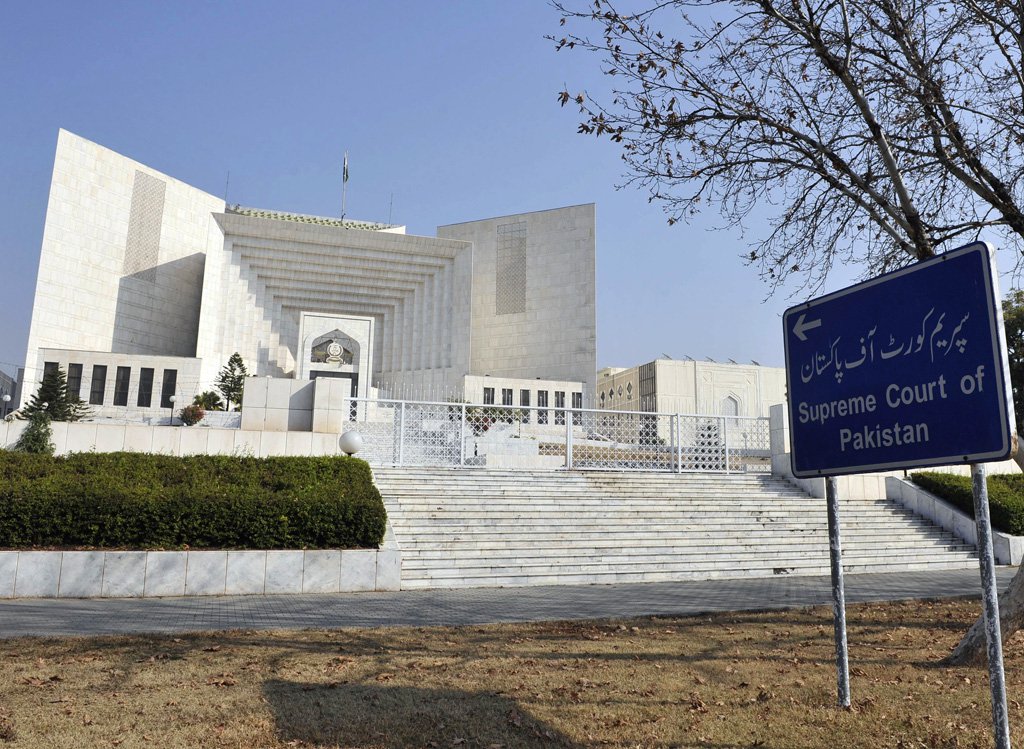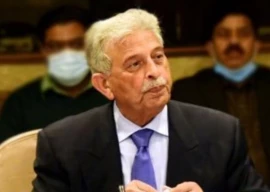
It was unthinkable that the superior judiciary would give a tough time to the Sharifs because they got considerable relief from the same courts in the past.
Interestingly, when the Panamagate case was taken up in November 2016, senior lawyers, especially the ones representing Pakistan Peoples Party (PPP) were not optimistic about the outcome of the apex court’s proceedings. They even claimed that keeping in view the previous verdicts, courts would not go against the Sharifs, but their misgivings proved to be wrong.
Since November 2016, the Sharif family is in trouble in courts. But the fact is that the opinion of the legal fraternity is divided over the SC’s rulings in the Panamagate case.
One group believes that the SC should have demonstrated restraint in this matter. It would have been much better, if the matter was referred to the accountability court for trial.
CJP vows not to let democracy derail
Since the start of 2018, Chief Justice Mian Saqib Nisar re-started judicial activism by focusing matters relating to maladministration.
The opinion is divided over the improvement in the health and education sectors. One section believes that positive changes were witnessed in the health sector after the judiciary’s intervention.
Similarly, a senior government functionary admitted that there were improvements because of the CJ’s guidance on medical education, fixation of drug prices. Due to the SC proceedings, the price of stents decreased. Similarly, the Drug Regularity Authority (DRA) was also activated to decide pending matters, including the fixation of prices of medicines.
However, the CJ’s frequent hospital tours were also strongly criticised.
Similarly, his remarks on poor governance have irked political leaders, who believe that the court’s observations may damage their prospects in the next elections.
As of now, chief ministers of Punjab, Sindh and Balochistan have been summoned by the apex court this year. Ministers for railways, CAAD and interior also appeared before the SC. Unlike his predecessors, Chief Justice Nisar does not hesitate to summon political leaders over matters relating to bad governance.
Judicial powers won’t solve nation’s problems: CJP
However, there are certain areas needing the judiciary’s attention. It also remains to be seen if the apex court will fulfill expectations in this regard.
Foremost among challenges confronting the judiciary is to maintain a balance in its conduct and end misperception that the apex court is working to weaken civilian supremacy.
There is also a need to curb the PML-N’s campaign against the apex court, creating a misperception that the judiciary is only targeting the civilian leadership, ignoring other matters of public interest, including those relating to the security establishment.
Critics of judiciary are creating doubts over the delay in the trial of former military ruler Pervez Musharraf in treason case. Despite a couple of directives, the list along with charges of missing persons has yet to be shared with the apex court.
Secondly, dealing with matters relating to religious extremism is also a major challenge. Despite abusive remarks against judges by a cleric, the judiciary is demonstrating restraint. Similarly, the apex court is yet to fix the date for Aasia Bibi case.
There is a need to revamp judicial system: CJP
Aasia Bibi – a 51-year-old Christian is on the death row since November 2010 in a blasphemy case.
In February this year, Aasia’s husband and two daughters along with her lawyer Saiful Malook met Additional Registrar (Judicial) Muhammad Ali to arrange a meeting with Chief Justice Mian Saqib Nisar.
They intended to request him to fix an early date for the case’s hearing. However, the family was not allowed to meet the chief justice.
Aasia Bibi’s counsel told The Express Tribune that although the SC was hearing criminal appeals filed in 2016 and 2017, but it was not taking up this matter, wherein leave to appeal was granted in 2015.
Malook said that one of Aasia’s daughters suffered from a mental disease and the family wanted an early decision in the case, adding that foreign diplomats meet him frequently to get an update in the case but he had nothing to tell them.
Thirdly, there are conflicting views on the independence of judges. Critical questions are being raised in this regard: whether there is ‘openness’ inside the judiciary? If dissenting notes in judgments by junior judges were being appreciated or not? Whether the criteria for fixing high-profile cases and their distribution before benches was fair? If the decision regarding the constitution of weekly benches was satisfactory to ensure proper representation of all provinces?
Fourthly, the judiciary’s self-accountability has always been challenged.
Although, the Supreme Judicial Council has been active in initiating proceedings of misconduct against a few high court judges, questions are being raised about the procedure’s transparency as well as the selection of cases. Fifthly, initiating disciplinary action against lawyers also remains among challenges confronting the judiciary.
Although, the CJP took action on the lawyers’ illegal occupation of a football ground in F-8 in Islamabad. The Capital Development Authority (CDA) confirmed that lawyers had encroached upon the playground but the case is yet to be fixed.
Sixthly, politicians and members of civil society insist that judiciary should also reform when it is demanding education and health sectors to review their performance.
The number of pending cases in subordinate judiciary is nearly two million.
In apex court, this number comes to around 38,000. This number saw a 100 per cent increase over the past decade.
It remains to be seen if and when the Chief Justice starts delivering quick and inexpensive justice for poor litigants.

































1714024018-0/ModiLara-(1)1714024018-0-270x192.webp)









COMMENTS (1)
Comments are moderated and generally will be posted if they are on-topic and not abusive.
For more information, please see our Comments FAQ